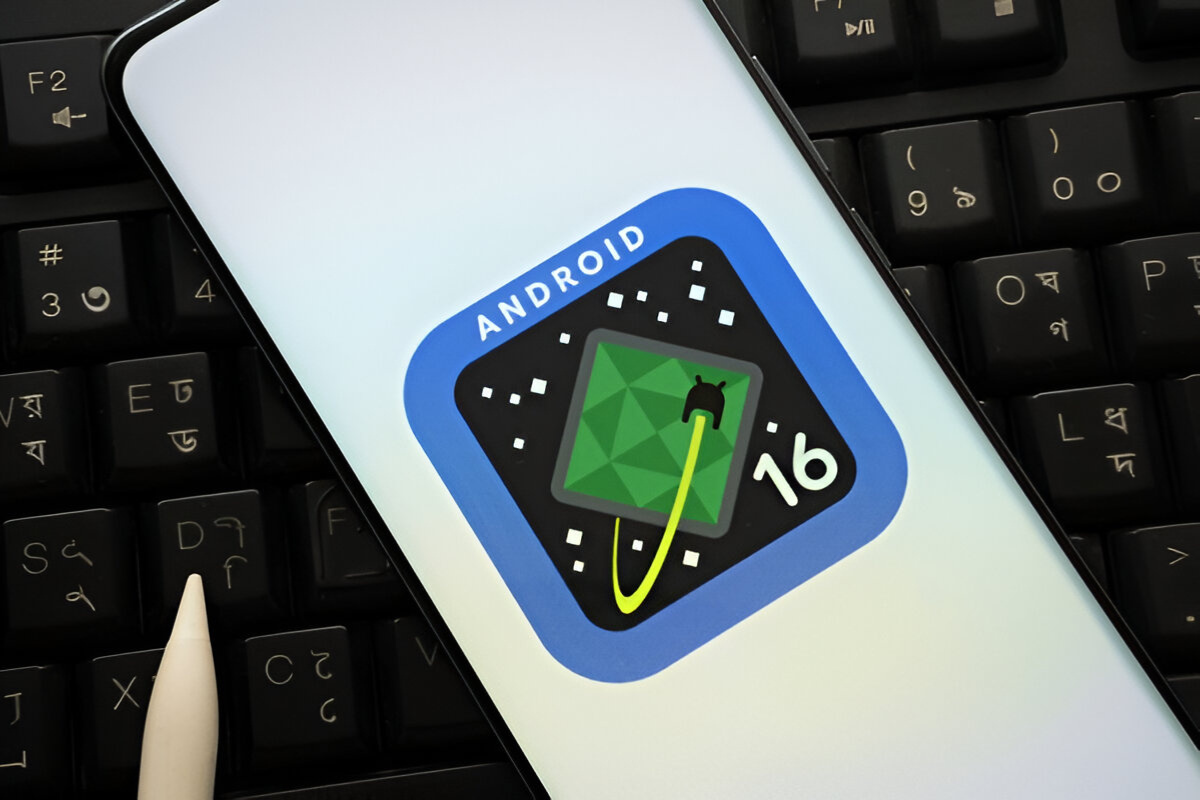
Google’s Android 16 May Ditch Old Navigation Patterns for Good: What We Uncovered Ahead of I/O 2025
by Amiya Nandy in News, Technology on May 6, 2025In a surprising move, internal sources with knowledge of the matter at Google have revealed that just weeks before Google I/O 2025, the company is exploring the idea of retiring the time-honored Android navigation patterns which suggests a more definitive and extended move than we first anticipated. This follows the unconfirmed and now-deleted blog entry that accidentally disclosed the company’s plans for a “Material 3 Expressive” redesign.
Although the previous leak has mainly been about changes in visual design, our in-depth research has indicated that Google is likely to initiate a more profound change. They are not only about to launch the visual redesign but have also been finalizing changes that will create a new user interface and will involve swipes, touch zones and navigation gestures across the system.
A New System-Wide Navigation Model?
Based on some documentation from insiders we have got a look at, Google is conducting experiments with what it terms as the “Smart Float System” — a context-aware navigation model that modifies gesture sensitivity and toolbar positioning as the app type, user behavior, and screen size change.
The new model is said to minimize the distance you have to travel and aid one-handed operation, particularly on larger devices. The feature will also be convenient to those who use foldable devices. The traditional bottom navigation bar in Android 16 may become a “piller” and would be transformed into a floating button that will be adaptive and will be triggered by the app’s purpose.
Developers Quietly Notified?
Though Google has kept silent on the matter, a few Android app developers have let us know that changes were actually being made to the platform to increase the app’s performance. Our source in the field of UI/UX involved in Pixel prototypes has revealed to us, but with a strict condition of anonymity, “There is a strong desire at Google to completely redesign the UI hence. This will not be much of a change… A new set of software that also redefines to a new experience
Early beta code discovered in Android 16 developer branches describes com.android.systemui.smartfloat and gesture_persistence_dynamic, which could potentially be signs of interaction logic updates perpetuated from the backend.
Why the Shift Now?
An unreleased Google blog post claimed that the vast majority (of 18- to 24-year-old users) preferred makeup inclusive design that eventually leaned towards flattened, iOS-inspired alternatives. A study has also shown that a 4-fold speed increase in the UI can be linked to the appearance as well as to the intuitive use of the device.
The conclusions made after conducting the research tell us that Google draws enough inferences not only to update the visual appearance of Android but also to change the functioning of the system in general.
What It Means for Android Users
On condition that the system-wide navigation move happens:
- Pixel devices could introduce the new floating navigation along with Android 16 from the third quarter of 2025.
- It is also possible that Samsung and other OEMs will adopt the new floating navigation but with their style of UI.
- Accessibility options and legacy controls will be provided for the senior users of the older versions.
Yes, Google I/O 2025 is indeed set for May 29, however, let’s get prepared for May 13, when the Android team plans to organize a meetup on the newest event. I guess that will be the day when the company will completely display this interface modification as well as the direction the journey might take.
One thing is certain at the moment, Android 16 will not only appear different but will also provide a different usage feel.





